EXTERMINATION OF SERBS ON KOZARA AND IN POTKOZARJE
Republika Srpska - genocide - anniversary
06/09/2025
10:13
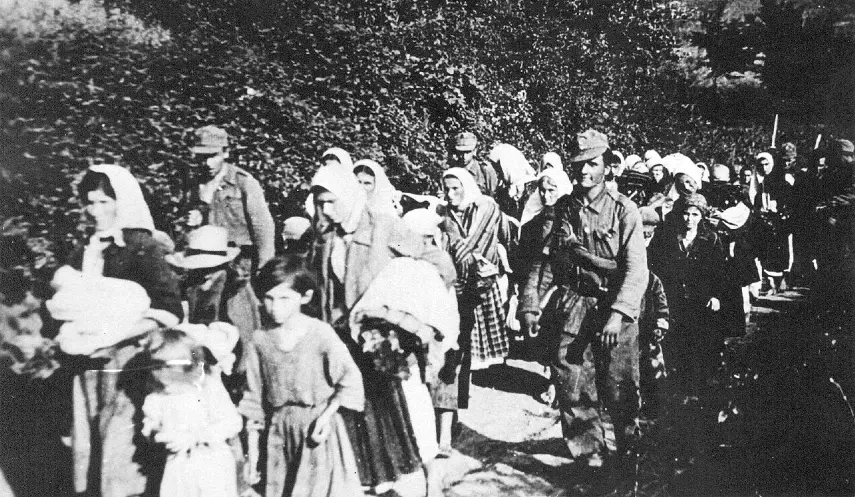
BIJELJINA, JUNE 9 /SRNA/ - The offensive on Kozara by Ustashas and German Nazis, with the support of Hungarian fascist forces, began on June 10, 1942, which marked the beginning of one of the most horrific crimes committed against the Serbian people.
EXTERMINATION OF THE PEOPLE
With the support of Hungarian river boats, 40,000 German and Croatian soldiers encircled the free territory of the Kozara area.
In the besieged area, a fleeing group with about 80,000 Serbian civilians was defended by 3,500 fighters of the Second Krajina Partisan Detachment.
After 50 days of fierce fighting, during which the Serbian partisans displayed massive heroism, and after the deaths of 1,700 defenders, the encirclement was partially broken, and over 15,000 civilians were rescued, but the attackers ultimately prevailed.
The Ustashas and German Nazis took Kozara on July 18, 1942, after 38 days of fierce fighting and strong resistance from the Serbs.
They burned and plundered all the villages, killed part of the population, including 540 wounded, and deported about 60,000 Serbian civilians to concentration camps, mainly to Jasenovac.
This was a planned crime – children, middle-aged people, and the elderly were killed, and the occupiers even slaughtered domestic animals and livestock.
AN UNEQUAL BATTLE
In the spring of 1942, the partisan units, which were mostly made up of Serbs who had fled from their homes before the Ustashas, liberated Bosanski Petrovac, Drvar, Glamoč, and Prijedor in central and western Bosnia.
On May 20, the First Krajina Brigade was formed. The free territory extended from the Sava River to the Kozara and Grmeč mountains.
German forces, with significant participation from the Ustashas and Home Guard units, launched an attack on Kozara as the most active center of resistance.
Kozara's Serbs and the partisan forces were attacked by 11,000 officers, non-commissioned officers, and soldiers of the Wehrmacht, along with 20,000 Ustashas and Home Guard forces, while the Hungarians participated with five artillery ships from the river flotilla.
The partisan formation on Kozara – the Second Krajina Partisan Detachment – numbered around 3,000 soldiers but recruited reserves from 60,000 civilians in the free territory.
BREAKOUT AND SUFFERING
The attack began on June 10, and the systematic pushing and exhaustion of the defenders commenced. Initially successful, the defense began to weaken after about ten days due to losses, exhaustion, and lack of ammunition.
Faced with the impossibility of continuing the resistance, the fighters of the Second Krajina Detachment decided to break out of the encirclement on July 3, 1942, in the southwestern part of Kozara, 15 kilometers east of the village of Međuvođe, in northwestern Bosnia.
A significant portion of the detachment and a part of the refugee camp managed to break through the lines of the encirclement.
LIQUIDATIONS, BURNINGS, TRANSPORTS TO CAMPS...
At dawn, the attackers closed the encirclement and began to "search" Kozara. On the first day, the partisan hospital was liquidated, and about 300 wounded were killed.
Over the next two weeks, the forces of the Germans and the units of the fascist Independent State of Croatia /Ustashas and Home Guard/ brutally dealt with the Serbian population that did not manage to break through the encirclement.
Some were killed on the spot, while the majority were transported to concentration camps. The evident intention was to completely depopulate the area.
About 68,000 inhabitants were deported to concentration camps. The total number of civilian victims on Kozara and in Potkozarje amounted to 35,000 people, with most of them dying during this operation and the subsequent internment in camps.
THE TRAGEDY OF SERBIAN CHILDREN
The fate of nearly 20,000 Serbian children, small Kozarans, who were killed or died from starvation and diseases, is particularly tragic.
Some were saved and given for adoption to Croatian families, while the humanitarian Diana Budisavljević managed to rescue between 10,000 and 12,000 Serbian children from the camps.
During the Ustasha-German criminal offensive on Kozara and Potkozarje, about 35,000 people were killed and suffered.
The genocide on Kozara and in Potkozarje, during World War II and the Ustasha regime of the Independent State of Croatia, is one of the greatest crimes against Serbs in history and can be regarded as the Serbian "Wall of Tears".
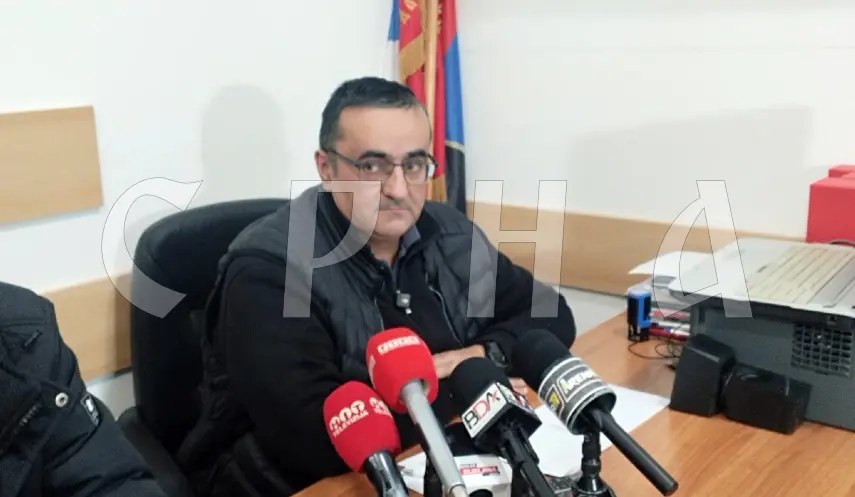
SMOLUĆA - SILENCE ON SERB VICTIMS AND PERSECUTION OF SERB WAR DEFENDERS
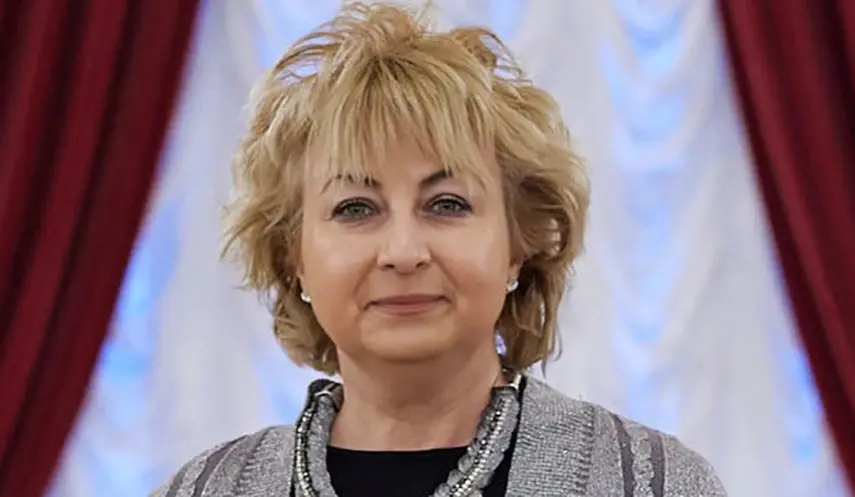
BUDAPEST VISIT SIGNALS SUCCESSFUL PARTNERSHIP BETWEEN SRPSKA AND HUNGARY, NEW PROJECTS AHEAD
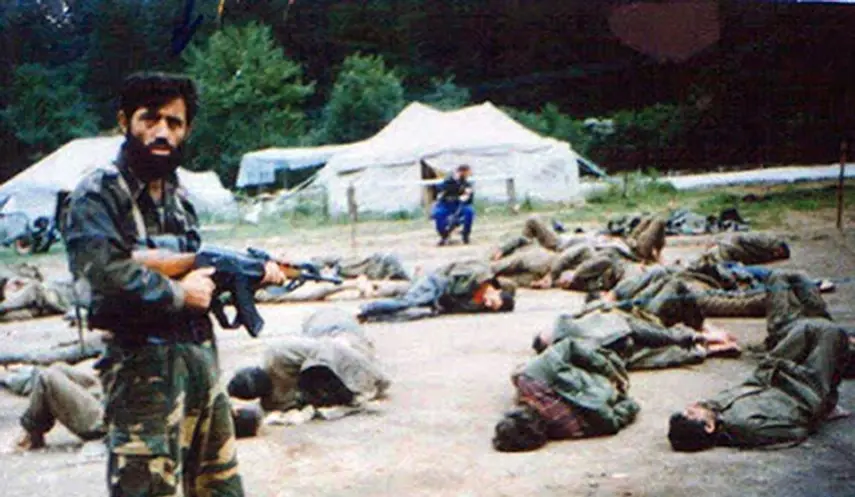
JUSTICE HAS GONE MISSING IN "MAHMULJIN CASE"
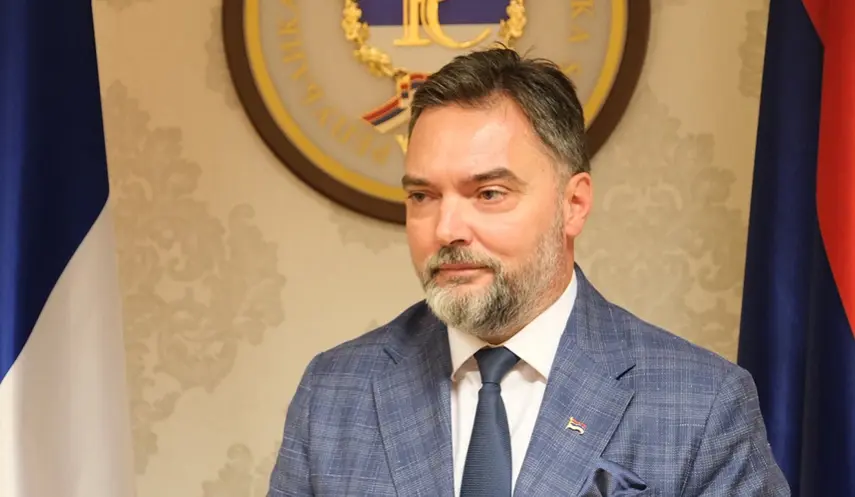
REPUBLIKA SRPSKA IS TITULAR OWNER OF ALL PROPERTY ON ITS TERRITORY


